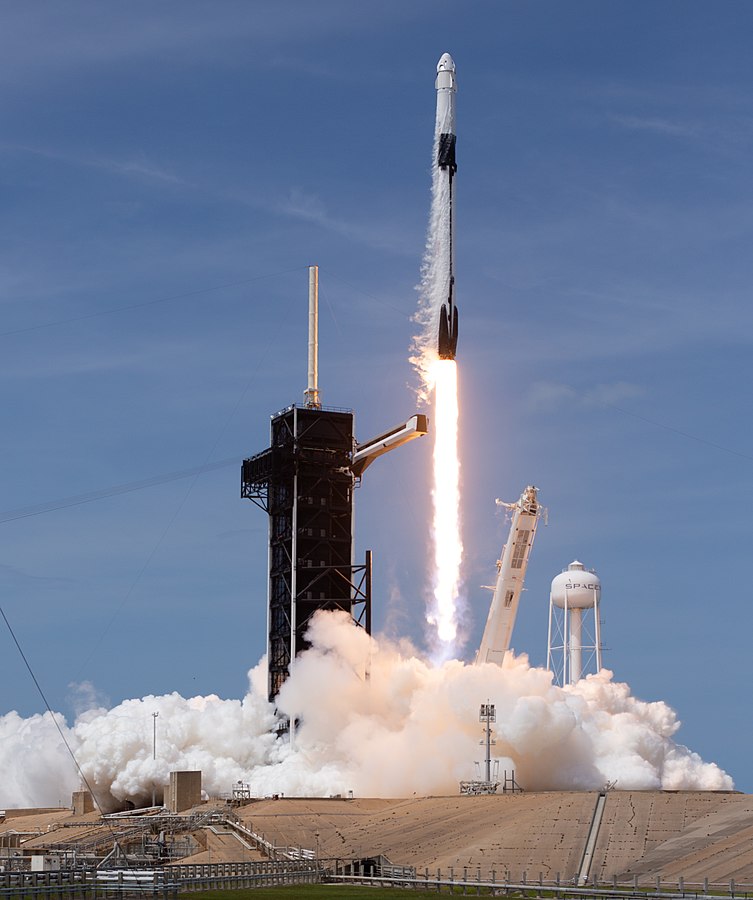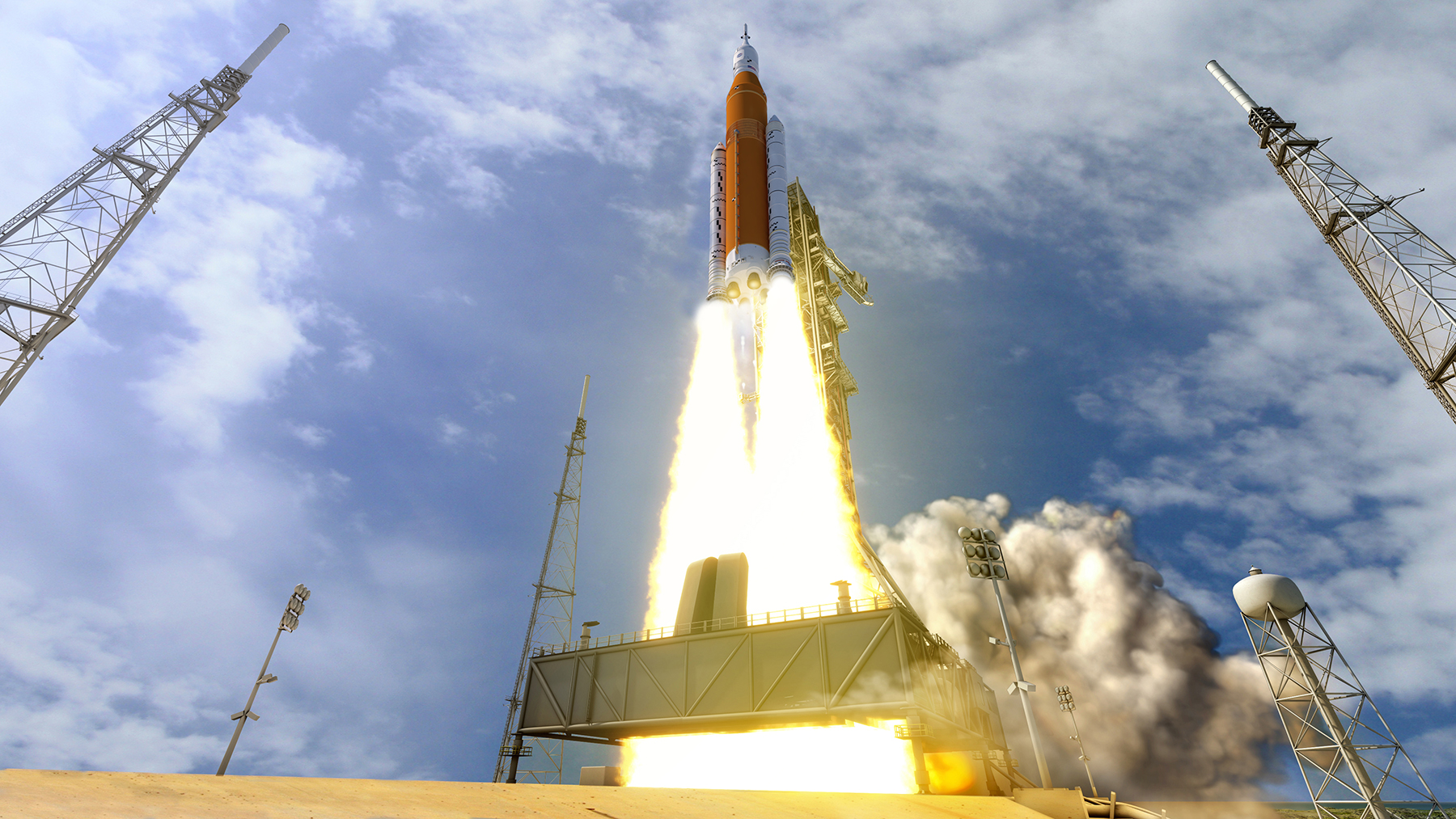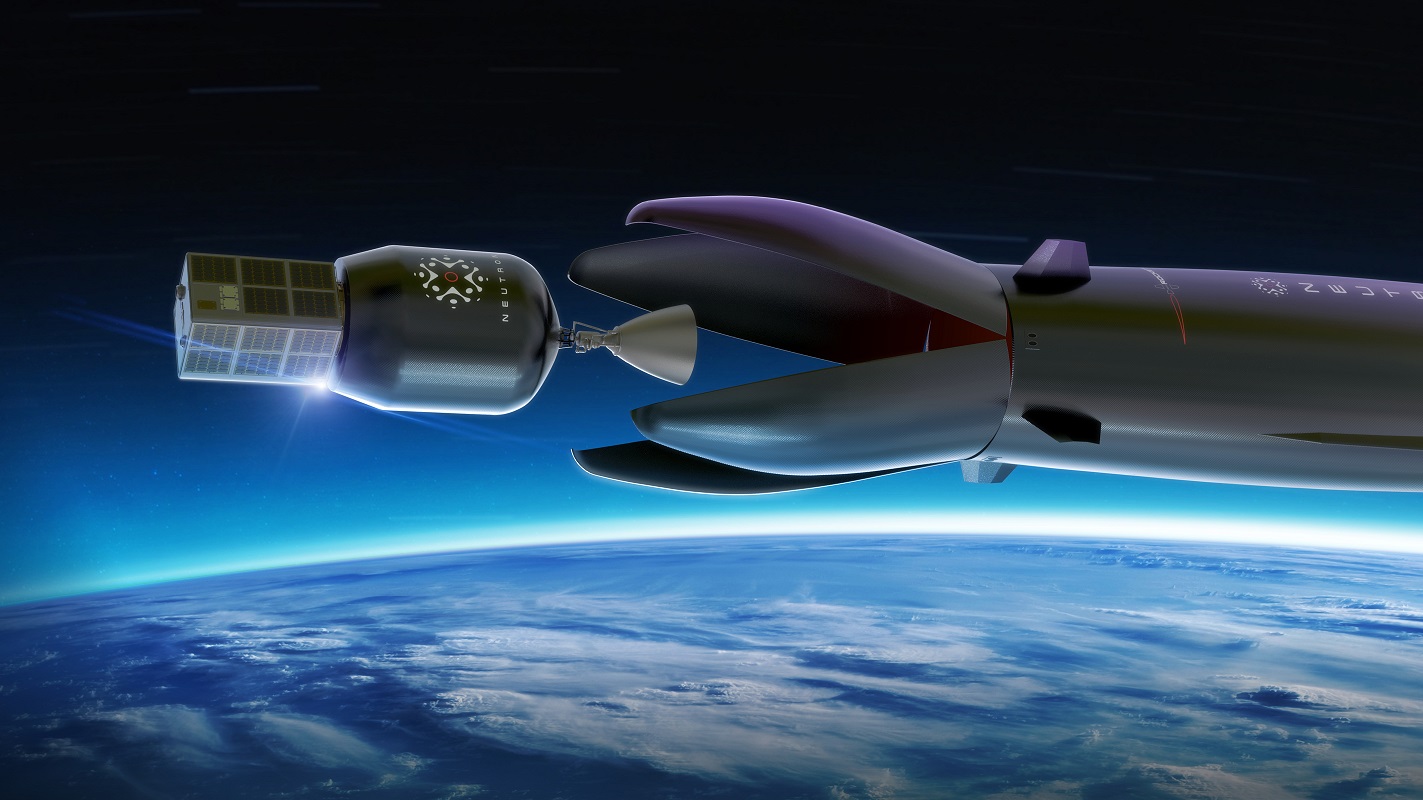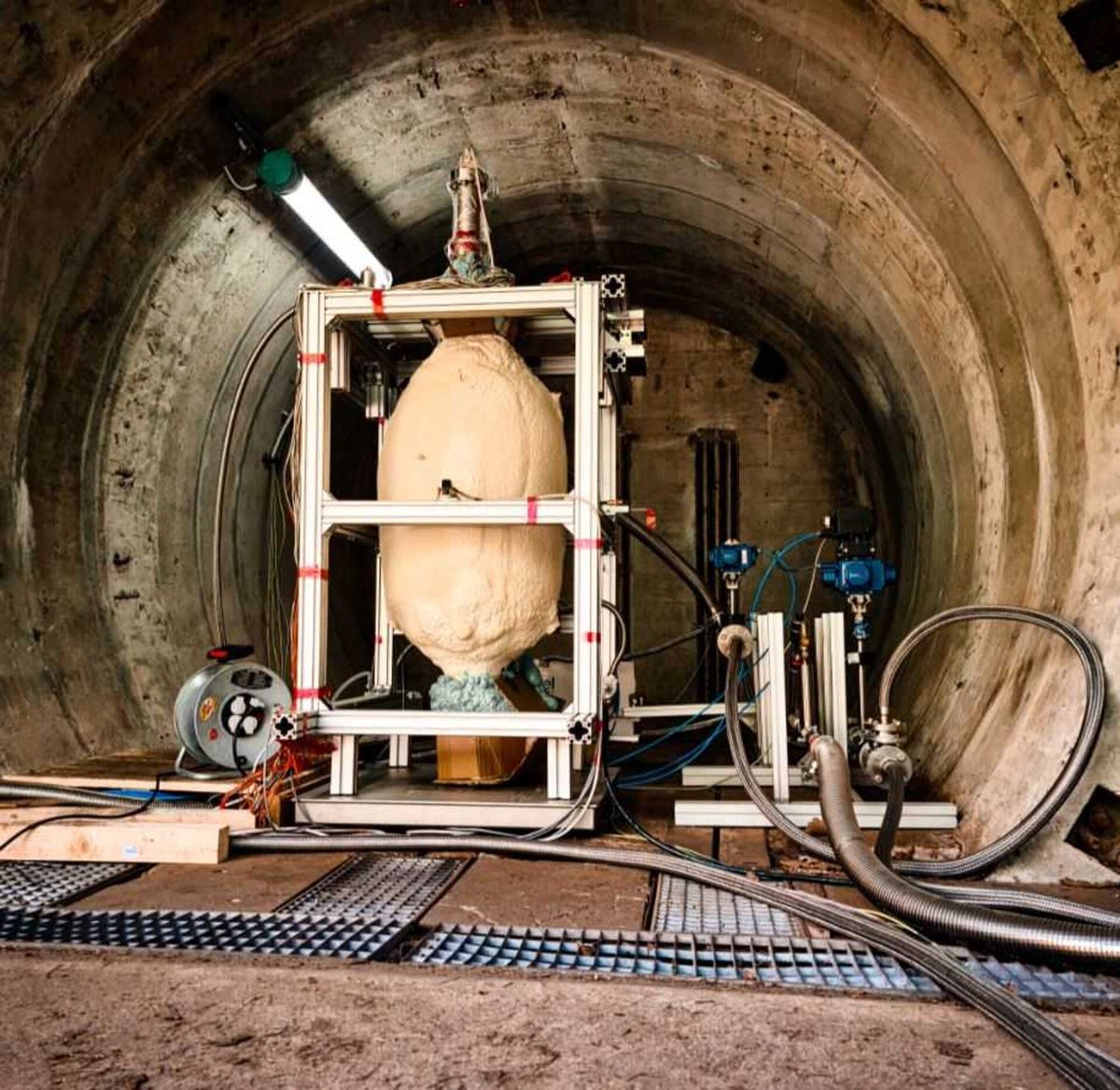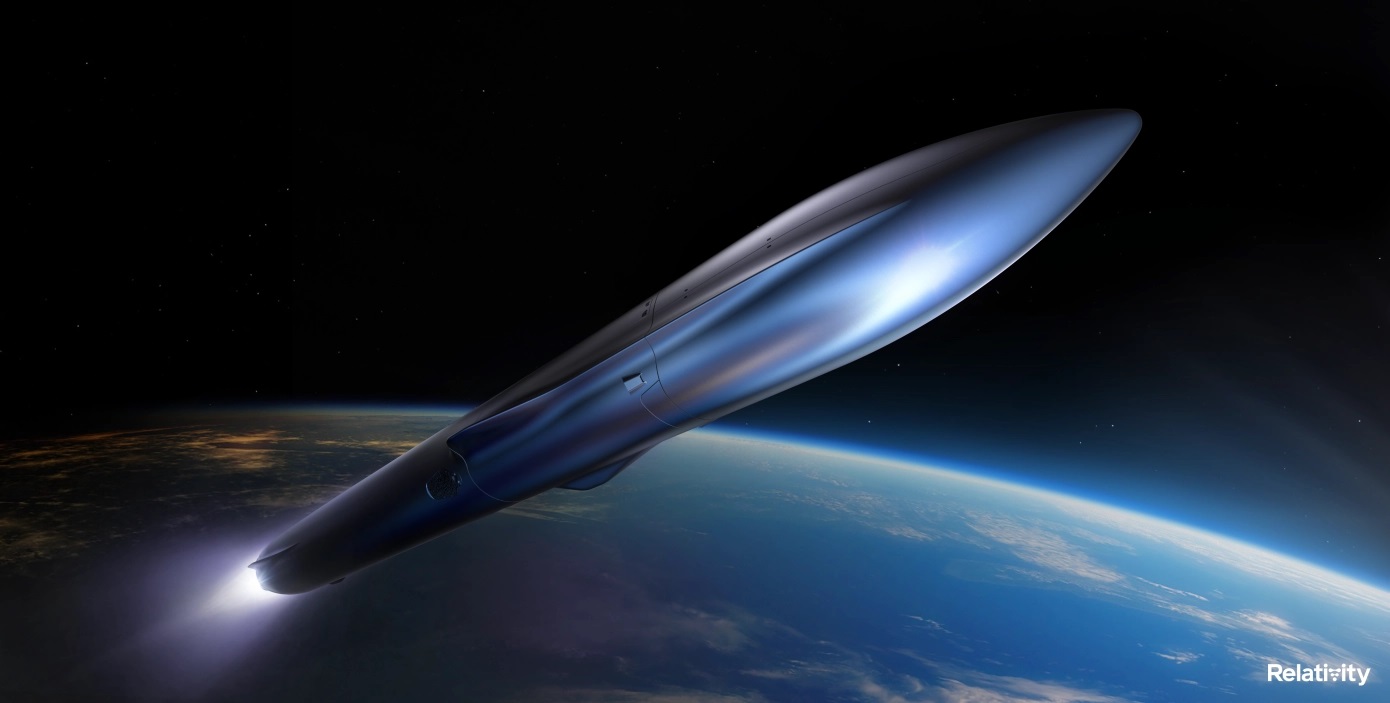There are few things in this world that brings feelings of awe and wonder more than a rocket launch. Watching a literal tower of steel slowly lift off from the ground with unspeakable power reminds us of what humanity can achieve despite our flaws, disagreements, and differences, and for the briefest of moments these magnificent spectacles are capable of bringing us all together regardless of race, creed, and religion.
Continue reading “More Rocket Launches Could Damage the Ozone Layer”They Did It! Rocket Lab Uses Copter to Catch (and Release) a Rocket
Rocket Lab has just joined SpaceX in the club of space companies that can launch an orbital-class rocket booster and bring it back alive.
In a sense, the California-based company one-upped SpaceX by having a helicopter snag the first-stage booster of its Electron rocket with a cable and a hook as it floated past on the end of a parachute, 6,500 feet above the Pacific Ocean.
So what if the pilots of the customized Sikorsky S-92 helicopter had to release the booster moments later, due to concerns about the way their load was behaving as it swung from the hook?
Continue reading “They Did It! Rocket Lab Uses Copter to Catch (and Release) a Rocket”SpaceX is Hoping to Turn Atmospheric CO2 Into Rocket Fuel
Earth is in the midst of a climate crisis. Thanks to the way CO2 emissions have been rising rapidly since the early 20th century, global temperatures are rising, triggering a positive feedback cycle that threatens to make it worse. According to recent analyses, even if the industrialized nations agree to slash carbon emissions drastically, global warming will not begin to slow until mid-century. For this reason, emission reduction needs to be paired with carbon capture to ensure we avoid the worst-case scenarios.
Meanwhile, there is a significant outcry from the public concerning commercial space. Whereas advocates like Elon Musk argue that increasing access to space is key to our long-term survival, critics and detractors respond by stating that commercial space “steals focus” from Earth’s problems and that rocket launches produce excessive carbon emissions. In what could be a response to these challenges, Musk recently announced that SpaceX would be starting a carbon capture (CC) program to create propellants for his rockets.
Continue reading “SpaceX is Hoping to Turn Atmospheric CO2 Into Rocket Fuel”Astronomy Jargon 101: Escape Velocity
In this series we are exploring the weird and wonderful world of astronomy jargon! You’ll finally get away with today’s topic: escape velocity!
Continue reading “Astronomy Jargon 101: Escape Velocity”Rocket Lab Shows off its new Reusable Neutron Rocket, due for Launch in 2024
On December 2nd, 2021, the commercial space company Rocket Lab unveiled the detailed architecture of their Neutron rocket for the first time. In a live-streamed event, the company showcased all the new elements that will make this “megaconstellation” launcher a serious contender in the coming years. These include updated details about the rocket’s design, materials, propulsion, and reusability architecture.
Continue reading “Rocket Lab Shows off its new Reusable Neutron Rocket, due for Launch in 2024”South Korea Launches its First Rocket. The Third Stage cut off Short.
So far, only six countries have successfully launched more than 1 ton of equipment into space using domestically developed rockets. A seventh, North Korea, has successfully done so with a slightly smaller payload. Recently, their southern neighbor attempted to get into this exclusive club by testing its first-ever three-stage orbital rocket.
Continue reading “South Korea Launches its First Rocket. The Third Stage cut off Short.”It’s Official, William Shatner Will be Flying to Space With Blue Origin
Star Trek meets star reality as William Shatner, the iconic 90-year-old actor, will fly on the next Blue Origins suborbital launch on October 12th.
Continue reading “It’s Official, William Shatner Will be Flying to Space With Blue Origin”Lightweight Carbon Fiber Reinforced Plastic Fuel Tanks Pass a Critical Test, and Could Knock a lot of Weight off a Rocket’s dry Mass
Material science is still the unsung hero of space exploration. Rockets are flashier, and control systems more precise, but they are useless without materials that withstand the immense temperatures of forces required to get people and things off the planet. Now a team from MT Aerospace, working on a grant from ESA, has developed a new type of material that will be immensely useful in one of the most important parts of any rocket engine – the fuel tanks.
Continue reading “Lightweight Carbon Fiber Reinforced Plastic Fuel Tanks Pass a Critical Test, and Could Knock a lot of Weight off a Rocket’s dry Mass”Relativity Space Gets a Huge Investment to Take on SpaceX With Reusable Rockets
They say imitation is the sincerest form of flattery, and that competition is a great way to foster progress and innovation. If these truisms are to be believed, then the NewSpace industry is destined to benefit from the presence of Relativity Space, a commercial space company based in Los Angeles. At the same time, SpaceX founder Elon Musk should be flattered that Tim Ellis and Jordan Noone (founders of Relativity Space) are following his example.
Roughly six years ago, Ellis and Noone founded Relativity for the purpose of using new technologies to disrupt the aerospace industry. Earlier this week (Tuesday, June 8th), the company announced that it had raised an additional $650 million in private capital. This money will go towards the development of rockets that are entirely 3D-printed and fully reusable, as well as the creation of a new class of heavy launch vehicles known as the “Terran-R.”
Continue reading “Relativity Space Gets a Huge Investment to Take on SpaceX With Reusable Rockets”In a Comprehensive new Test, the EmDrive Fails to Generate any Thrust
The EmDrive is a hypothetical rocket that proponents claim can generate thrust with no exhaust. This would violate all known physics. In 2016, a team at NASA’s Eagleworks lab claimed to measure thrust from an EmDrive device, the news of which caused quite a stir. The latest attempt to replicate the shocking results has resulted in a simple answer: the Eagleworks measurement was from heating of the engine mount, not any new physics.
Continue reading “In a Comprehensive new Test, the EmDrive Fails to Generate any Thrust”
